Looking for easy science experiments for kids to entertain your kids from the comfort of your home without needing a fancy lab or expensive equipment to nurture your child’s curiosity about the world around them?
We gathered a fun collection of interesting science experiments you can enjoy with your kids, especially on those cold, rainy days when everyone’s stuck in the house, and the boredom starts creeping in!
Experiment 1: Exploring the Microscopic World
Materials Needed
- A drop of water
- A glass slide
- A microscope (a basic one will do)
- A pipette (or an eyedropper)
- A piece of paper and a pen
Procedure
- Taking a clean glass slide, gently place a drop of water in the center of it.
- Carefully place the slide under the microscope and adjust the focus until you see something interesting.
- Start drawing what you and the kids observe on a piece of paper. These could include images of tiny organisms or cells.
Scientific Explanation
This simple experiment introduces your kids to the world of microscopy. It encourages curiosity about the microcosms and teaches them useful observation skills and sketching. After looking at the slides and finishing the sketches, talk to your kids about what they discovered and encourage their curiosity with questions about what these tiny organisms might be.
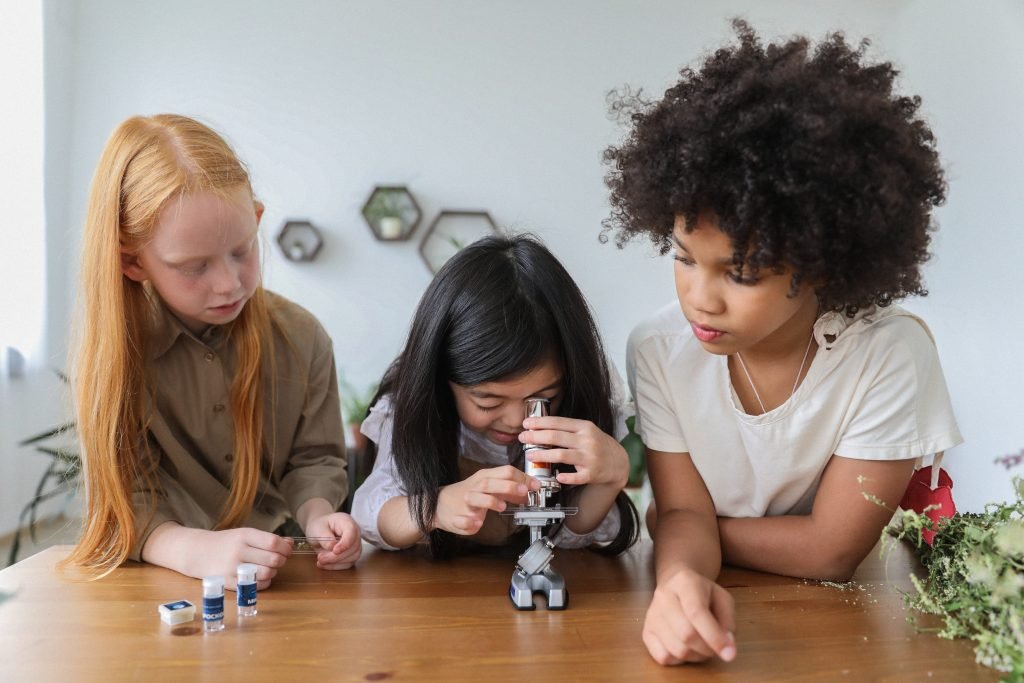
Experiment 2: Stargazing at Home
Materials Needed
- A telescope or binoculars (a basic telescope will do)
- A star chart (you can find free ones online)
- A clear night
Procedure
- Set up your telescope or binoculars away from city lights, where the night sky is darkest. There are many helpful interactive star charts as well as apps that you can use to help with finding and identifying the different constellations and stars in the night sky.
- Start by trying to locate the more well-known objects like the Moon, Jupiter, or Saturn, then move on to some of the lesser-known constellations for a bit more challenge.
- Take turns looking through the telescope and discussing what you see.
Scientific Explanation
Stargazing introduces your kids to the universe and all its wonders, such as celestial objects and the concept of light years. Always be open to any questions your kids might have about planets, stars, and galaxies.
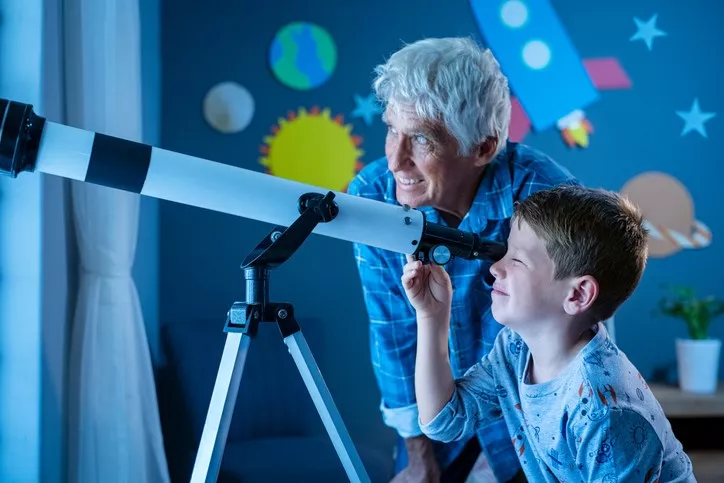
Experiment 3: Create Your Mini Volcano
Materials Needed
- Baking soda
- Vinegar
- A plastic bottle
- Red food coloring (optional)
- Dish soap (optional)
Procedure
- Place the plastic bottle in a safe, open area (outdoors or in the kitchen).
- Add 2-3 tablespoons of baking soda into the bottle.
- Pour vinegar into the bottle, and watch the volcano erupt! Add red food coloring and dish soap to make it more exciting.
Scientific Explanation
This classic experiment demonstrates the reaction between an acid (vinegar) and a base (baking soda), releasing carbon dioxide gas, which creates the volcanic eruption effect. Explain chemical reactions in simple terms and discuss other reactions they might encounter in everyday life.
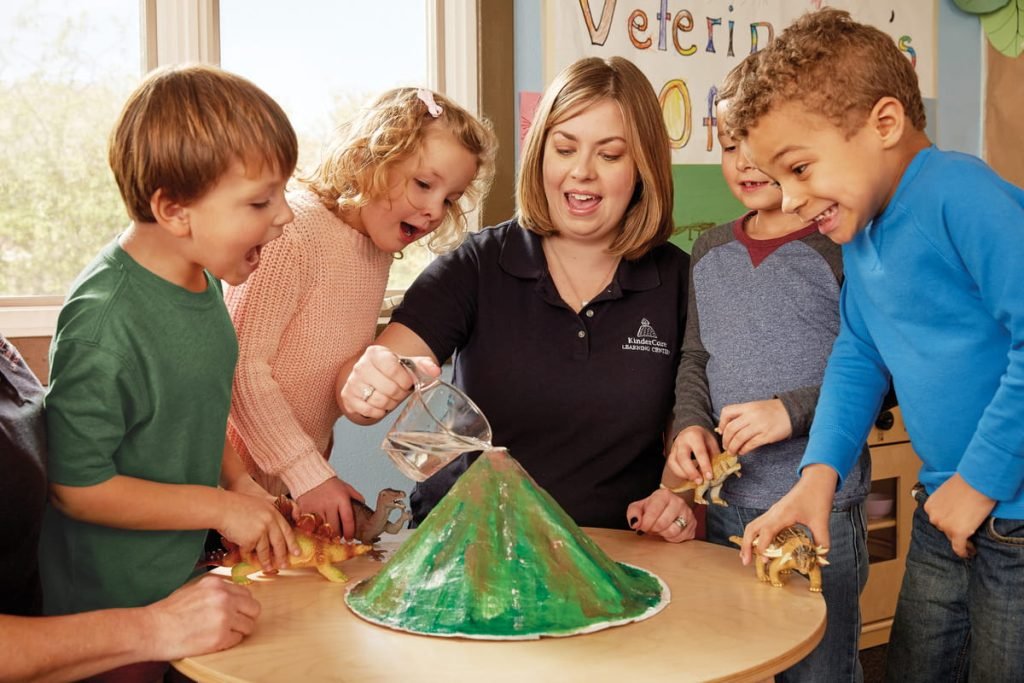
Experiment 4: Rainbow in a Jar – Density Demonstration
Materials Needed
- Honey
- Corn syrup
- Dish soap
- Water
- Vegetable oil
- Food coloring (various colors)
- A tall, transparent glass or jar
- A dropper or pipette
Procedure
- Fill the glass or jar about one-third full with honey.
- Using the back of a spoon, carefully pour some corn syrup over the honey. The back end of the spoon will slow down the downpour of the corn syrup so that it doesn’t disturb the layer of honey.
- Continue adding layers of dish soap, water, and vegetable oil, using the pipette to dispense each layer.
- Add a few drops of food coloring to each layer to create a colorful, layered effect.
- Observe the different layers and colors and discuss why they don’t mix.
Scientific Explanation
This experiment demonstrates the concept of density. Each liquid has a different density, causing them to layer in the glass based on their weight per unit volume. It’s a visually appealing way to learn about physics!
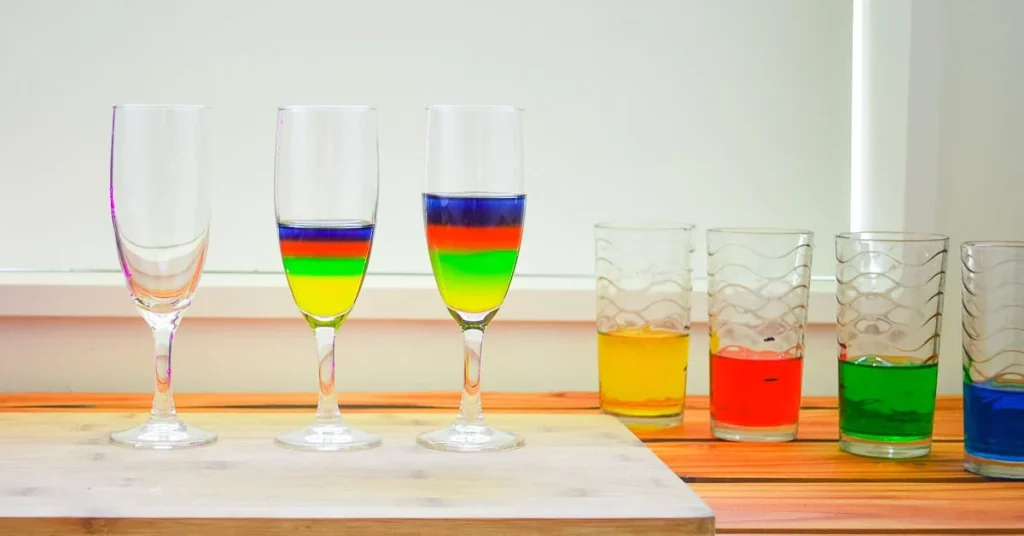
Experiment 5: DIY Magnetic Field Exploration
Materials Needed
- A strong magnet
- A sheet of white paper
- A clear plastic container with a lid
- Iron filings (you can find these at a science supply store)
- Small plastic dish
- A few small magnets (optional)
Procedure
- Take the sheet of white paper and gently place it inside the clear plastic container.
- Sprinkle a thin layer of iron filings evenly over the paper.
- Place the strong magnet beneath the container and gently tap the sides to disperse the filings.
- Watch as the iron filings align, revealing the magnetic field lines around the magnet.
- For an added twist, use small magnets to create different magnetic field configurations on the paper.
Scientific Explanation
This experiment is a great way for kids to understand magnetic fields visually. It demonstrates that magnets have invisible force lines surrounding them and that other magnets can affect these fields. Discuss the concept of attraction and repulsion in magnets and how they’re used in everyday devices.
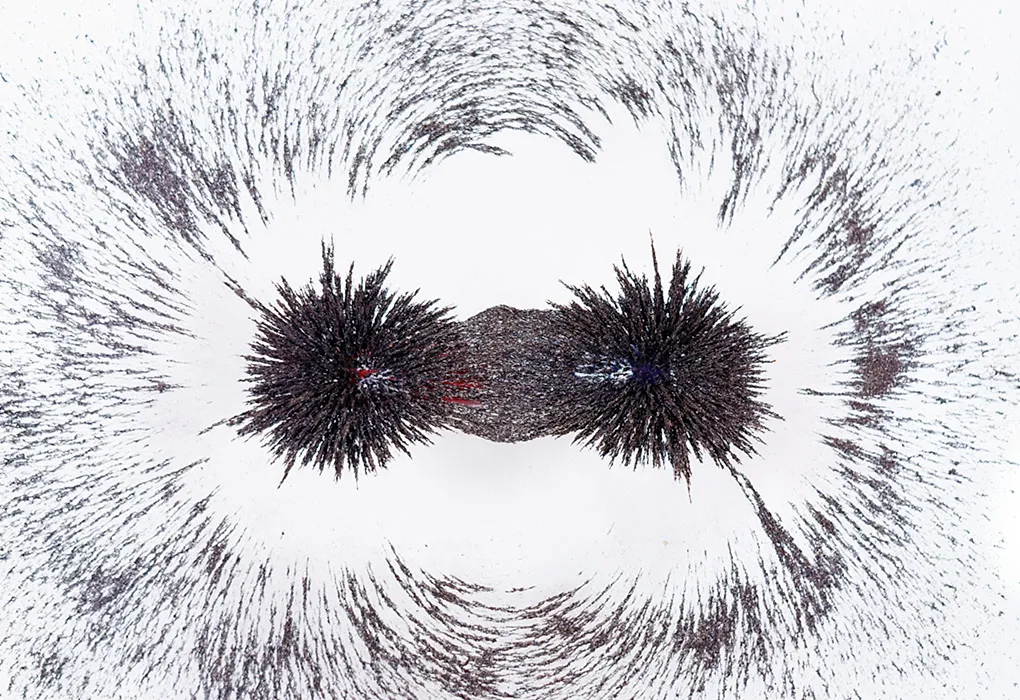
A Final Thought
Science experiments at home can be fun and educational, allowing you to have fun and bond with your kids while exploring the microscopic and celestial worlds around you. You can nurture your child’s love of science with just a few household items and a dash of curiosity. Science is all around us, waiting to be discovered and enjoyed by the whole family. Happy experimenting!